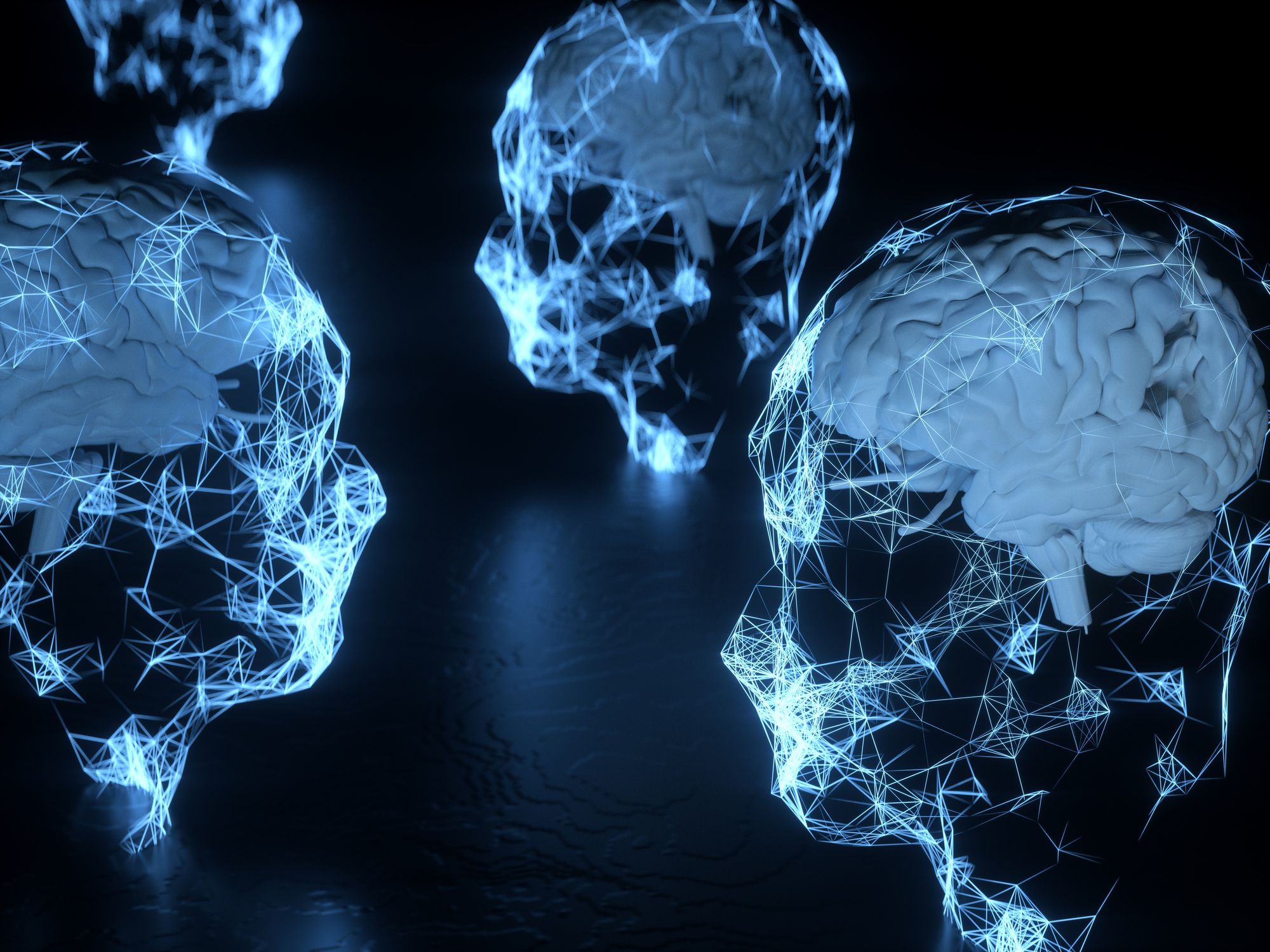Can dead people turn into AI Chatbot? The answer is YES. Sorry for the clickbait but its something that fascinating the tech industry.
An AI chatbot that allows you to cooperate with dead friends and family seems like something straight out of sci-fi. However, in the event that innovation in a patent allowed to Microsoft happens as intended, communicating with an effusive 3D advanced rendition of the perished could one day become de rigueur.
The patent, named "Making a conversational chatbot of a particular individual," subtleties a framework that would get to pictures, voice information, web-based media posts, electronic messages and so forth to "make or adjust an uncommon list in the topic of the particular individual's character." now and again, pictures and video could be utilized to make a 3D model of the individual for additional authenticity.
It's a particularly provocative idea when you consider the patent's proposal that the tech "may compare to a past or present substance."
The patent records Dustin Abramson and Joseph Johnson, Jr. as innovators. Microsoft recorded the patent in 2017, yet it was conceded for the current month and has gotten the subject of online babble in the previous few days because of its recommendation of a chatbot that brings a "past substance" back to everyday routine as a sort of intuitive experiencing remembrance. As jostling as the thought would appear from the start, many who've lost a friend or family member will comprehend the solace that can emerge out of watching old recordings of the expired, or tuning in to their documented voice messages. Passing makes a throbbing opening we long to fill.
All things considered, Tim O'Brien, head supervisor of AI programs at Microsoft, affirmed on Twitter on Friday that "there's no arrangement for this.
"Yet, in the event that I at any point find a new line of work composing for Black Mirror," he expressed, "I'll know to go to the USPTO site for story thoughts."
Ya, I get it, no worries. At any rate, confirmed that there’s no plan for this. But if I ever get a job writing for Black Mirror, I’ll know to go to the USPTO website for story ideas.
— Tim O'Brien (@_TimOBrien) January 22, 2021
Comparable situations have just advanced into reality, with multi dimensional images of superstars like Whitney Houston and rapper Tupac Shakur. What's more, in 2015, Eugenia Kuyda, prime supporter and CEO of programming organization Replika, prepared a chatbot on huge number of instant messages she'd imparted to her closest companion Roman, who passed on in a fender bender. In doing as such, she made an undying computerized Roman that could in any case "talk" to loved ones.
That an organization as noticeable as Microsoft has laid out a framework for that could deify the dead through chatbots proposes the training could sometime get undeniably more broadly acknowledged and utilized. Yet, as my CNET partner Alison DeNisco Rayome investigates in this story, the inquiry is, ought to we get it done? Also, in the event that we do, what would it be advisable for it to resemble? As the Black Mirror scene features, there are no simple answers.
Here's the means by which the innovation would work on the off chance that it were truth be told incorporated into an item. As per the patent data, the instrument would separate "social information" like pictures, web-based media posts, messages, voice information and composed letters from the picked person. That information would be utilized to prepare a chatbot to "speak and connect in the character of the particular individual." It could likewise depend on external information sources, on the off chance that the client posed an inquiry of the bot that couldn't be addressed dependent on the individual's social information.
"Bantering in the character of a particular individual may incorporate deciding or potentially utilizing conversational ascribes of the particular individual, like style, phrasing, tone, voice, aim, sentence/discourse length and intricacy, theme and consistency," just as utilizing social credits, for example, interests and conclusions and segment data like age, sexual orientation and calling, the patent states.



0 Comments
Please Share Your Valuable Opinion